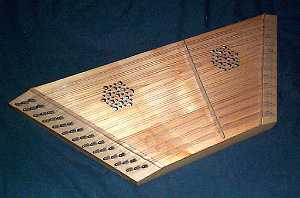Before the Piano
Dulcimer: This ancestor of the piano originated in Iran shortly after the birth of Christ. It illustrates the basic principles of the piano,hammers striking multiple strings tuned over a flat soundboard. Instead of mechanical hammers, dulcimer players used two light sticks ending with broader blades.
Clavichord
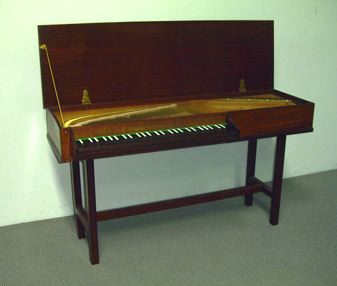
http://www.rawbw.com/~hbv/earlymus/instrument.html
Clavichord: First built around 1400, the clavichord was most popular three centuries later in the music of Bach. When a key is pressed, a vertical brass strip (tangent) is lifted toward a pair of strings. The clavichord has a quiet tone, but the way it’s built allows for some control of dynamics and even vibrato.
Virginal
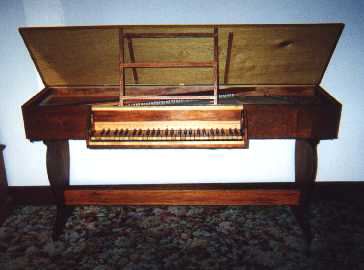
http://www.rawbw.com/~hbv/earlymus/earlymus.html
Virginal: The typical virginal is a small harpsichord with keys at right angles to a single set of strings. When a key is pressed, a vertical rod (jack) holding a leather or quill plectrum rises and plucks the string, producing a louder tone than the clavichord but without its dynamic variety.
Spinet
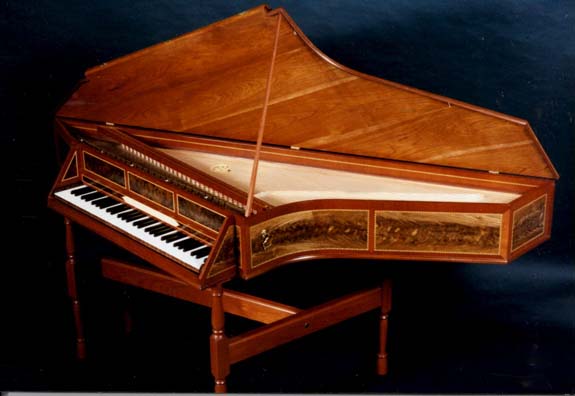
http://users.erols.com/cembalo/spinet1.html
Spinet: Though originating in Italy, the spinet was perfected by English builders in the late seventeen century, about the time of composer Henry Purcell. The jack mechanism plucks the strings just as in the virginal, but the wing shape permits longer strings, increasing the volume and expanding the range to as much as five octaves.
Harpsichord
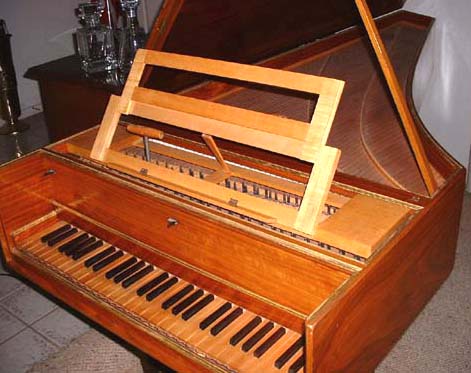
http://www.serve.com/marbeth/harpsichord_touch.html
Harpsichord: Pictured as early as the
fifteenth century, the harpsichord form (where the keys are in line with
strings) reached its peak
in the period of Bach and Handel. In this shape, the pattern for the modern
grand, the strings are longer, and the instrument sounds louder than the
clavichord. But unlike the modern piano, the strings are plucked, rather
then struck.
Main Page
Progress of the Piano
Inside a Concert Grand
The Action Mechanism
Bibliography
